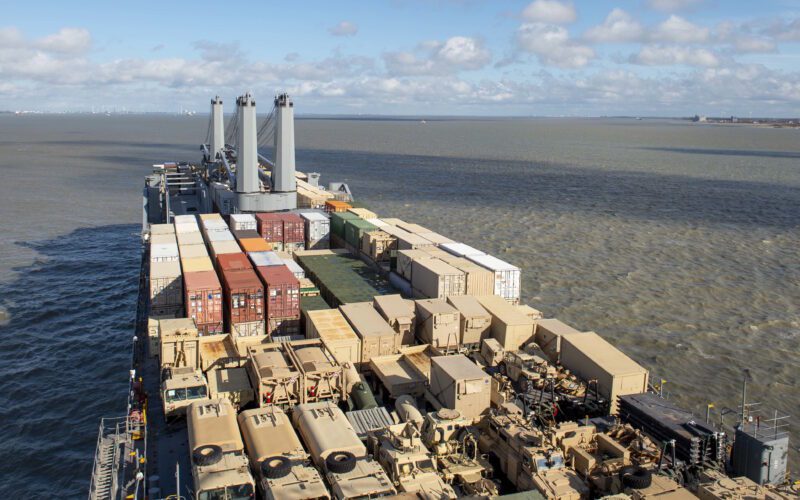(WASHINGTON) — The head of the U.S. Maritime Administration (MarAd) is “not at all confident” that all the ships in the Ready Reserve Fleet could be crewed if called to duty in a crisis, USNI News reported.
The United States was already short 1,800 credentialed mariners for its vessels before the COVID-19 pandemic hit in 2020, retired Rear Adm. Ann Phillips said Tuesday in a joint hearing of the House Armed Services readiness and seapower and projection forces subcommittees.
She pointed to the addition of five more vessels transferred from Military Sealift Command to MarAd control and retirements of an aging workforce as likely pushing the gap for merchant mariners even higher.

While the House Armed Services Committee last year approved a grant program for MarAd to expand its Centers of Excellence program to attract and retrain mariners, there were no funds set aside to pay for it.
Phillips said programs like that are essential for the future, and MarAd is working closely with community colleges, union schools and others to demonstrate to young people there are careers open to them.
“We have to have ships for them to sail on,” she said, adding that the Ready Reserve Fleet is down to 45 vessels.
In her opening statement, Phillips noted that the Ready Reserve Fleet is increasingly “difficult and challenging” to repair. Some of its vessels use propulsion systems that were retired decades ago in commercial shipping and exist in no other vessels.
At the same time, space for repair in the nation’s shipyards is at a premium with the Navy, Coast Guard, Army Corps of Engineers and commercial shippers needing dry-dock work. USNI News reported four Puget Sound dry docks were pulled from service over concerns of their viability to survive major seismic event.
The nation is “a generation late” in modernizing its roll-on/roll-off ships critical to military sealift, said Air Force Gen. Jacqueline Van Ovost, head of U.S. Transportation Command. She and others noted the ships’ average age is 44, and 17 of them are over 50.
The remark caused Rep. Michael Waltz, R-Fla., chairman of the readiness panel, to say he saw “a red-light cluster” blinking.
The age and condition of the MarAd fleet “just screams out” for attention, said Rep. Joe Courtney, D-R.I., and ranking member of the seapower panel, citing reports of problems in their readiness to supply Ukraine.
Van Ovost said that recapitalizing the Ready Reserve Fleet is on a schedule of buying two used vessels and modifying them for military use, and also building that would not be complete until 2032.
Phillips said the purchase of the first two used vessels – Cape Arundel and Cape Cortes — to begin modernizing the fleet has been made, and MarAd is moving ahead to buy three more starting in April. Both modified vessels were in the American roll-on/roll-off carrier program and are being transferred from Defense Department control to MarAd in the Department of Transportation.
MarAd also will take possession this year of Empire State VII, the first of five national security multi-mission vessels. Empire State VII, built by Philly Shipyard, will first see service as an up-to-date training ship for SUNY Maritime Academy, but can also serve in humanitarian and disaster relief missions. The next four vessels in the series will go to the other state maritime academies.

